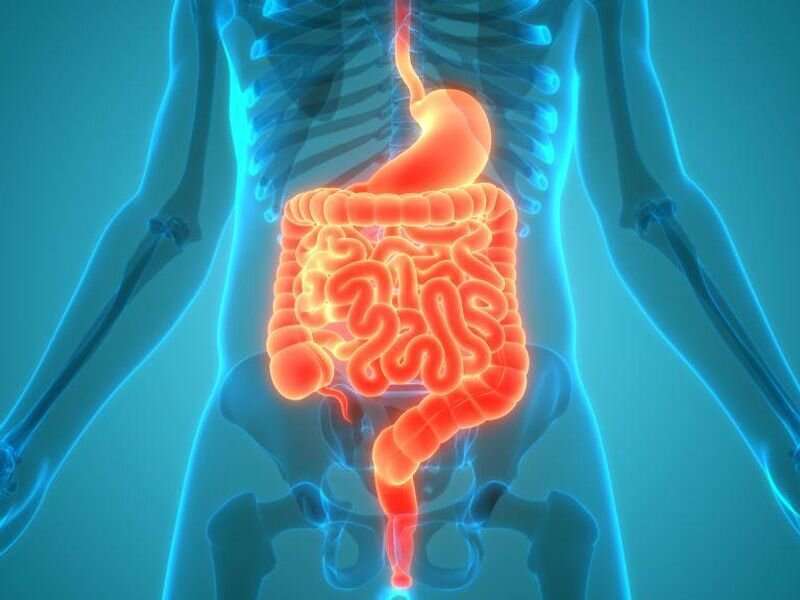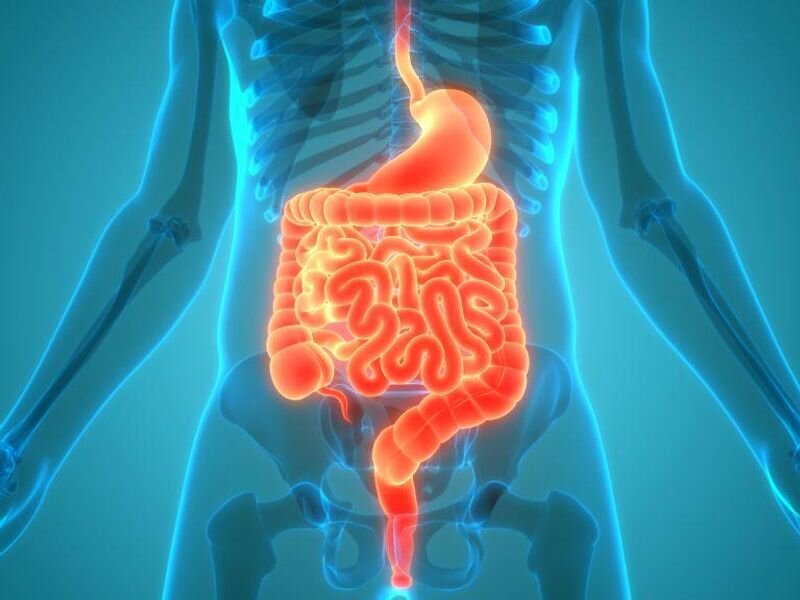
A magnetic resonance imaging (MRI) index has been developed and validated for predicting postoperative recurrence (POR) in Crohn disease (CD), according to a study published in the May issue of Clinical Gastroenterology and Hepatology.
Marion Schaefer, from Nancy University Hospital in Paris, and colleagues developed and validated an MRI-based index to predict POR in CD. MRI items with good levels of intra- and inter-rater agreement were identified and selected. The MRI in Crohn’s Disease to Predict Postoperative Recurrence (MONITOR) index was assessed in terms of the area under the receiver operating characteristic curve (AUROC) and accuracy. Two radiologists interpreted 73 MRI datasets.
Seven items (bowel wall thickness, contrast enhancement, T2 signal increase, diffusion-weighted signal increase, edema, ulcers, and the length of the diseased segment) were included in the MONITOR index; all had a weighting of 1, except ulcers, which had a weighting of 2.5. The researchers found that the AUROC was 0.80 for the prediction of endoscopic POR. With sensitivity of 79 percent, specificity of 55 percent, a positive predictive value of 68 percent, and a negative predictive value of 78 percent, the optimal threshold was a MONITOR index ≥1. The AUROC was 0.85 in bootstrap validation. In the validation cohort, sensitivity was 87 percent, specificity was 75 percent, the positive predictive value was 84.6 percent, and the negative predictive value was 75 percent with a MONITOR index ≥1.
“We have developed and validated a simple, easy-to-use, reliable MRI index for predicting endoscopic POR in CD with high sensitivity and a high negative predictive value,” the authors write.
Source: Read Full Article



